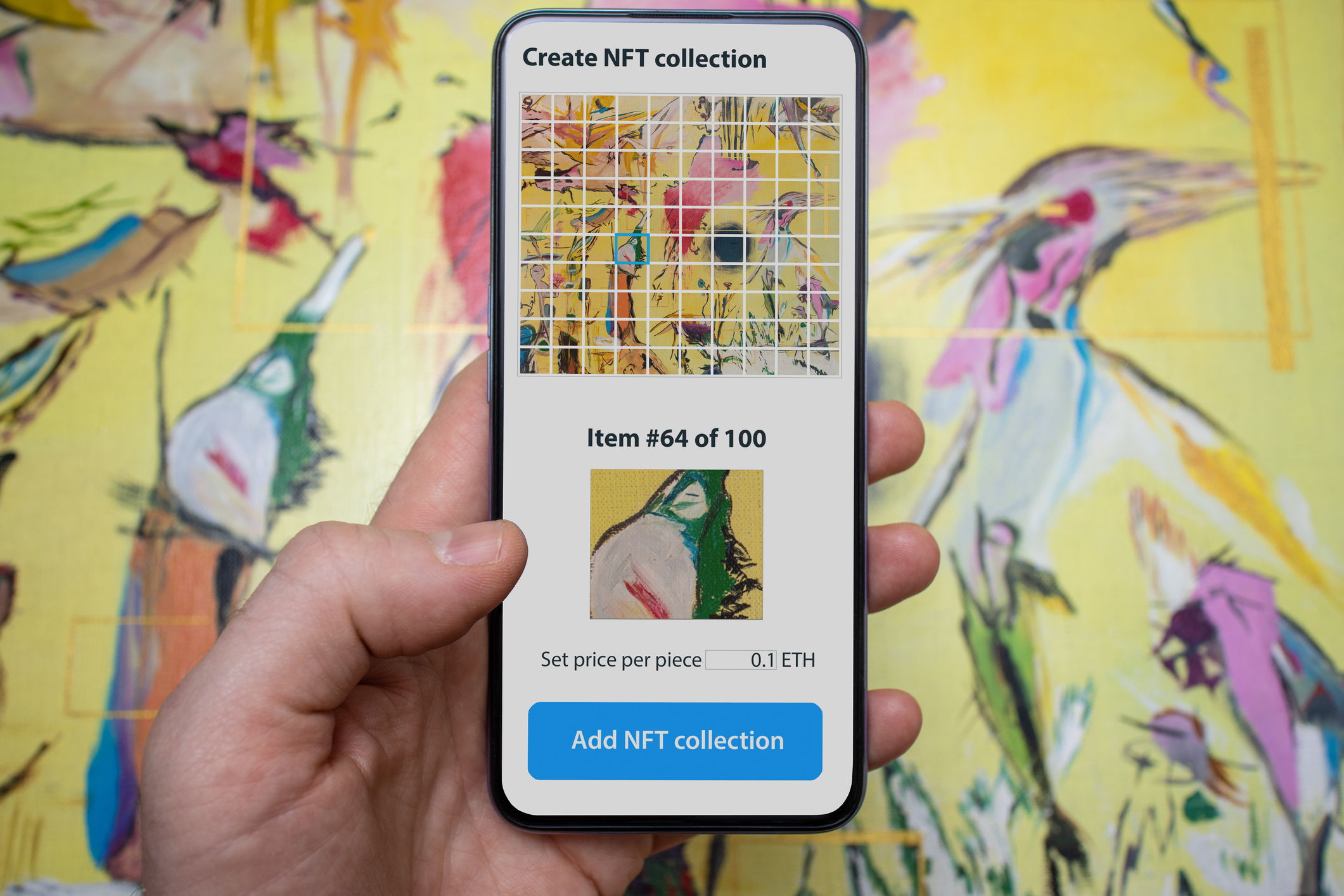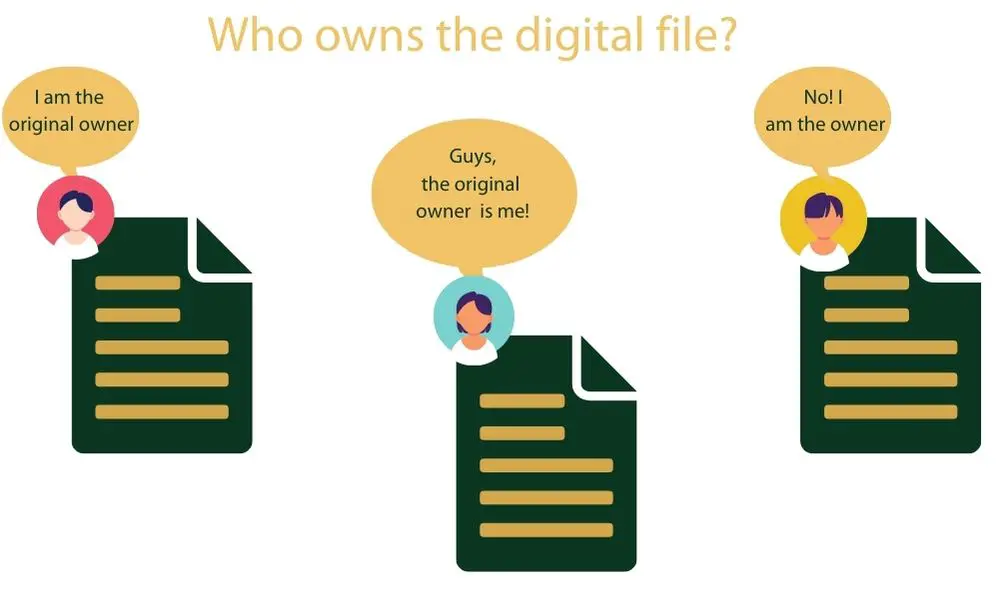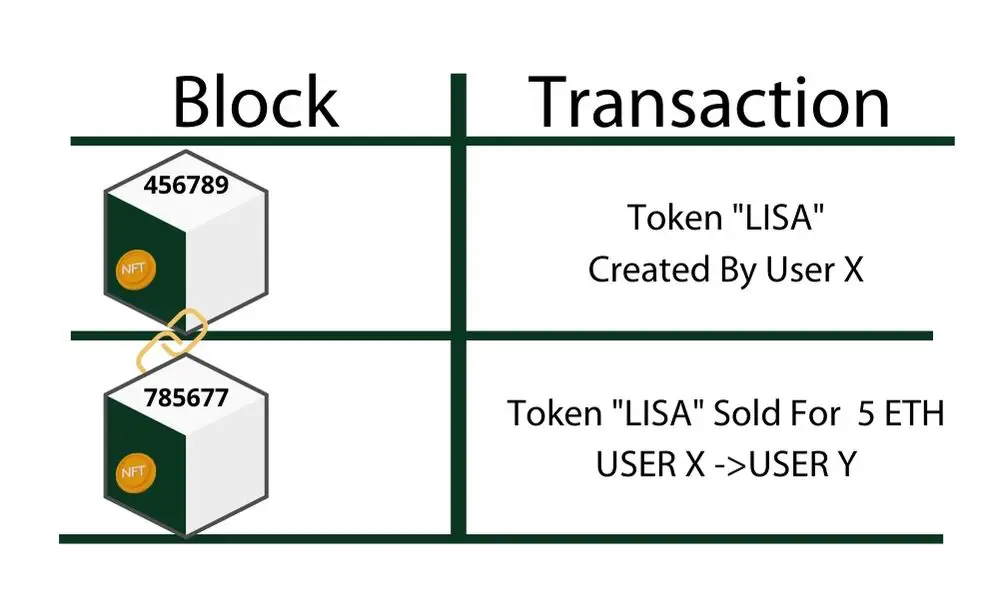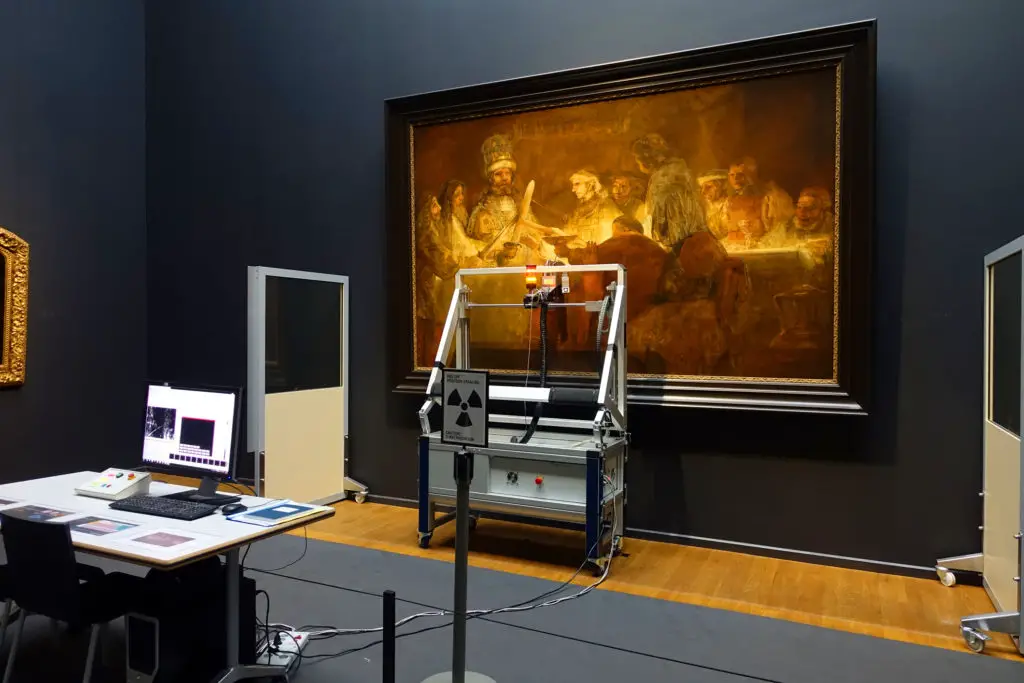Austrian Post, the national postal service, has announced the release of its latest NFT product, Crypto Stamp Art (CSA), to enable avid stamp collectors to purchase physical stamps alongside their digital counterparts. The Austrian Post has done it, and you may wonder if you can also create NFTs from your physical art.
It is possible to make an NFT from physical art. The process requires a digital representation of the physical artwork for posting online. Minting an NFT is easy and inexpensive. There are several benefits of selling an NFT of an art piece, especially alongside the physical, creative work.
If you are looking to create an NFT of your physical art, here are things you should know:

What is Physical NFT Artwork?
The amount of money spent buying NFTs is staggering. It is estimated that people spent over 23 billion dollars on them in 2021 alone.
To put this into perspective, that’s around how much it cost the World bank 2021 project to purchase and deploy COVID-19 vaccines. Whatever way you look at it, it’s a lot of money.
But first, let’s start with the basics: What is an NFT?
NFT stands for a non-fungible token.
Non-fungible describes something that cannot be replaced by something else of the same kind because it is unique.
NFTs are blockchain-based tokens that represent ownership of digital items.
Tracking digital items can be difficult because they can be easily copied and distributed.

So, how can you be sure who owns a digital file? The solution is to use NFTs.
Assume you own a physical work of art. Think big, like the Mona Lisa, because imagining is free. You then create a jpeg of the Mona Lisa, mint the jpeg, and voila! It transforms into an NFT.

You’ve now linked a physical work (Mona Lisa) to its impossible-to-pirate digital counterpart - the Physical NFT art version.
The NFT created to represent your physical artwork contains unique information about the physical work and stores it on the blockchain. The data could include the file’s fingerprint (hash), IPFS link, token name, and symbol.
This process grants you, the artist, ownership of a tokenized version of your physical artwork, as evidenced by a digital certificate of ownership stored on a blockchain.
As a result, as the owner, you are permitted to sell the NFT token on secondary markets by creating a transaction on the blockchain.

And because the blockchain is immutable, transactions cannot be altered.
Not only can these unique tokens be assigned to digital assets, like art or music -Prominent examples include the CryptoPunks and BoredApes. But you could also use them for tokenizing real estate in a way that allows fractional ownership or collateral!
The applications of NFTs are still being explored, and the possibilities seem endless.
Ok. So how do artists who produce physical artwork make it into an NFT?
How To Turn Physical Art Into NFT Art?
You may wonder where to begin for artists using traditional mediums that want to integrate NFTs into their workflow.
Here are two steps to making NFTs from physical art:
1. Create a Digital Copy of The Physical Artwork
The first step to creating an NFT of your physical artwork is to have a digital copy of the work.
You can do this in a couple of ways:
- Taking a photo - The easiest and quickest way
- Using a flatbed scanner - The best method for getting a high-quality, high-resolution image
Choose the method that suits you best.
| Method | Tips |
|---|---|
| Photography | -Take photos that are clear and evenly lit, with no flashes or shadows that could detract from the quality of your work. -Always shoot at the highest resolution your camera allows and then resize the image later. Useful link: Photographing Your artwork like a professional |
| Scanning | -Always run a preview first-You can use the default settings and then make significant adjustments in Photoshop or GIMP. Useful link : How to Properly Scan |
2. Mint Your Artwork As An NFT
Once you have a digital file of your artwork, the next step is to mint it as an NFT.
Minting is the process of turning digital art into a token on blockchain as a public ledger. Just like creating coins through minting, adding NFTs to a blockchain is known as minting.
Minting ensures that your digital artwork has a secure record of authenticity. At the same time, it ensures that the artwork can be traded or purchased in the market flexibly.
Selling physical art through NFTs is worth considering if you want to maximize profits.
What Are The Benefits of Linking Physical Art to An NFT?
Linking physical art to NFT is beneficial for both artists and collectors. Here are some key benefits:
Artist Benefits
1. Eliminates the middleman
Linking physical art to NFT allows artists to sell directly to collectors without going through an auction house or gallery.
Artists can reach a wider audience and bypass the traditional gallery system. This gives artists more control over their work and allows them to keep more profits.
2. Inexpensive to go through the tokenization process.
The process of minting or tokenization is relatively inexpensive and straightforward. The few costs involved include some nominal fees charged by the platform that handles the transaction.
These fees are far less than the traditional system of going through an auction house or gallery, which can be pretty costly and typically include commission fees, framing, rental of exhibition space, jury fees, and advertising costs that can eat into profits.
3. Allows artists to retain copyright and reproduction rights.
Remember: When creating an NFT from an artwork. The artwork is not stored in the NFT and thus not on the blockchain. Only the attributes of the artwork are.
As a result, when a collector purchases an NFT representing an artwork, they are only guaranteed the digital certificate of ownership of the artwork.
The copyright and reproduction rights remain with you, the artist.
So, you can sell the original artwork as an NFT and still sell prints of it, post it on social media, or make other artifacts from the same work. The buyer of the NFT owns the copy and, if stipulated, the physical work.
This is similar to how TV shows are required to blur art on the wall, graphics on shirts, or even peoples’ faces. Without consent, they have not obtained the rights to reproduce those artists’ works, brand logos, or people’s visages.
4. NFTs can be programmed to give royalties to the creator
Besides storing the unique properties of the artwork and keeping track of current and previous owners, NFTs can be programmed to give the artist a percentage of future sales, or “royalties,” as they’re called, every time the created NFT exchanges hands.
This ensures that the artist is compensated for their work in secondary sales and gives them a passive income stream.
5. Artists can fractionize the ownership of their work.
A good example is what the artist Pascal Boyard (P Boy) did with his underground Sistine Chapel artwork.

Source: P-Boy-Art
He divided the artwork into 12 sections and minted an NFT for each section, dividing ownership of the artwork among 12 different collectors.
An artist can tap into a new market by fractionalizing ownership like this. People who wouldn’t be able to afford to buy an entire piece of artwork can now own a little bit of it.
And because each NFT can be sold individually, an artist doesn’t have to wait until the entire piece is sold before getting paid. They can get paid as each NFT is sold.
Collector Benefits:
1. Can resell NFTs at a higher price
Art is a commodity that a collector can purchase and resell at a profit.
The good news is that NFT art can be easily and quickly traded on secondary online marketplaces such as OpenSea and Nifty Gateway.
With physical artwork, secondary sales typically occur in auction houses or through private sales, which is a more costly endeavor.
2. NFTs safely and securely store ownership records on the blockchain
The fact that NFTs are stored on the blockchain makes them very safe and secure. The artwork’s history and authenticity record is digital, so it can’t be damaged or forged like a physical art record.
3. Collectors can buy directly from their favorite artists
With NFTs, collectors can buy directly from their favorite artists without going through an auction house or gallery.
4. Can track the provenance of the artwork
Another great benefit of NFTs is that collectors can track the provenance or history of the artwork.
This information is stored on the blockchain and is publicly available and immutable. This unchangeable record allows future owners to trace the piece’s authenticity and glimpse the price appreciation over time.

Digitize Your Physical Artwork
Before digitizing your physical artwork, you must ask yourself what you hope to achieve with the project.
Are you simply looking to create something cool, or do you want to build a brand or reach a wider audience than you would by exhibiting physical pieces in galleries?
If you’ve already created the physical artwork, you’ll need to consider what kind of piece would work best in digital form.
If you still plan on selling physical versions of your work alongside digital copies, digitizing the artwork before tokenizing it is essential. This will allow buyers to get a good understanding of the physical piece they’re buying.
When digitizing artwork, artists should choose the best technique depending on the medium. For example, a sheet-feed scanner would not produce a good digital copy of pastel on paper artwork and could ruin the piece.
By carefully considering these factors, artists can ensure that they create a digital version of their artwork that meets their goals.
Once you have a digital form of the physical art piece, it’s time to begin.
Tokenize Your Physical Artwork
Here are eight steps to tokenizing your physical artwork:
1. Look for a marketplace that lets you mint NFTs and create an account.
Here is a comparison of the most popular market places:
| Platform | Minting Fee | Trading Fee | Royalty? |
|---|---|---|---|
| OpenSea | free | 2.5% | Allows 1-10% |
| Rarible | free | 2.5% | Allows 1-50% |
| Binance NFT | 0.022 BND / 0.012 ETH | 1% | Allows 1-10% |
| Mintable | free | 2.5% for Normal NFTs5% for gasless10% for printable NFTs | Creators can earn as much royalties as they want. |
2. Connect and fund your blockchain wallet to pay for any fees
Note:
It’s vital to make sure you plan how many pieces of art you intend to release. The number should correspond with the amount of money you’re willing to load into your wallet.
3. Select the digitalized file of the artwork to be minted as an NFT. Give it a name and upload it to the marketplace.
Note:
What happens if physical work is damaged or destroyed after minting the NFT?
If the physical work is damaged or destroyed after an NFT is minted, the owner of the NFT will still hold the title to the work.
However, the value of the NFT may be affected if the physical work can no longer be passed along with the ownership of the token.
In some cases, the destruction of work may increase the value of the NFT; an example is when a group of private investors paid $100,000 for Banksy’s “Morons” artwork, minted it, and then burned the physical work while filming themselves. The NFT was later sold for $380,000.
4. Pay the minting fee for the NFT’s creation.
5. You can choose to sell the NFT once it has been created. Set a fixed price or a bidding range for it.
6. Promote your NFT marketplace listing via social media and other channels.
7. When someone purchases your NFT, the funds are transferred to your linked wallet.
8. You can now withdraw the funds or use it as capital for producing NFTs from your next physical artwork.